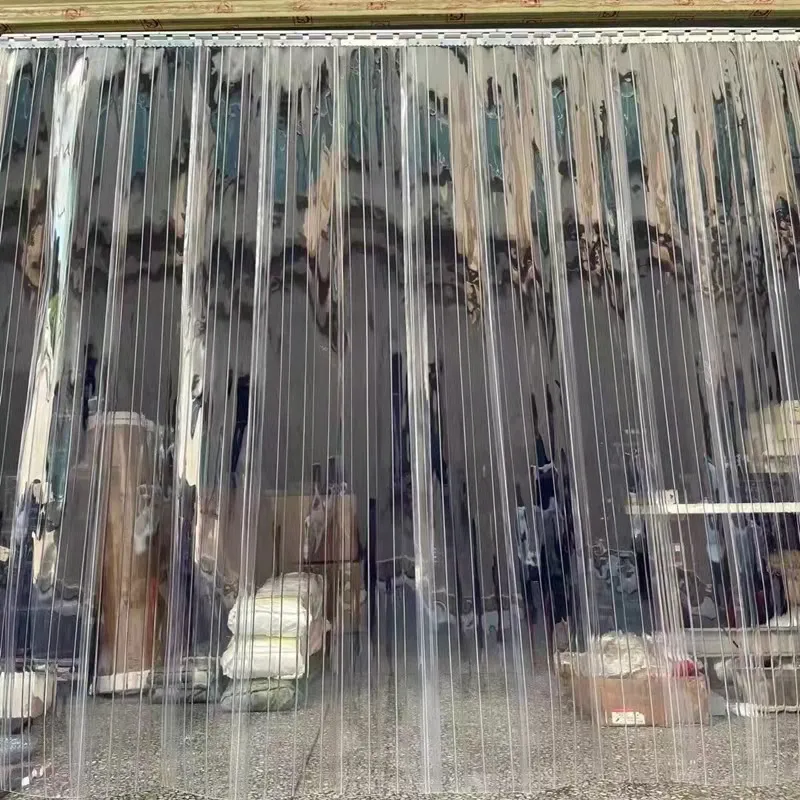- Afrikaans
- Albanian
- Amharic
- Arabic
- Armenian
- Azerbaijani
- Basque
- Belarusian
- Bengali
- Bosnian
- Bulgarian
- Catalan
- Cebuano
- Corsican
- Croatian
- Czech
- Danish
- Dutch
- English
- Esperanto
- Estonian
- Finnish
- French
- Frisian
- Galician
- Georgian
- German
- Greek
- Gujarati
- Haitian Creole
- hausa
- hawaiian
- Hebrew
- Hindi
- Miao
- Hungarian
- Icelandic
- igbo
- Indonesian
- irish
- Italian
- Japanese
- Javanese
- Kannada
- kazakh
- Khmer
- Rwandese
- Korean
- Kurdish
- Kyrgyz
- Lao
- Latin
- Latvian
- Lithuanian
- Luxembourgish
- Macedonian
- Malgashi
- Malay
- Malayalam
- Maltese
- Maori
- Marathi
- Mongolian
- Myanmar
- Nepali
- Norwegian
- Norwegian
- Occitan
- Pashto
- Persian
- Polish
- Portuguese
- Punjabi
- Romanian
- Russian
- Samoan
- Scottish Gaelic
- Serbian
- Sesotho
- Shona
- Sindhi
- Sinhala
- Slovak
- Slovenian
- Somali
- Spanish
- Sundanese
- Swahili
- Swedish
- Tagalog
- Tajik
- Tamil
- Tatar
- Telugu
- Thai
- Turkish
- Turkmen
- Ukrainian
- Urdu
- Uighur
- Uzbek
- Vietnamese
- Welsh
- Bantu
- Yiddish
- Yoruba
- Zulu
Current PVC Price Trends Per Kilogram and Market Insights
Understanding PVC Prices Per Kilogram Factors, Trends, and Implications
Polyvinyl chloride (PVC) is one of the most widely used synthetic plastic polymers, second only to polyethylene. Its versatility and durability make it a popular choice in various applications, ranging from construction materials to healthcare products. As industries continue to expand and innovate, understanding the pricing of PVC, particularly on a per-kilogram basis, becomes essential for manufacturers, investors, and consumers alike.
Factors Influencing PVC Prices
1. Raw Material Costs The primary raw materials for PVC production are vinyl chloride monomer (VCM) and petrochemicals. The prices of these materials are subject to fluctuations based on global oil prices, supply chain logistics, and geopolitical factors. Any increase in the cost of crude oil can result in a direct uptick in PVC prices, reflecting the dynamic nature of the oil market.
2. Supply and Demand Dynamics The balance between supply and demand plays a crucial role in determining PVC prices. Increased demand from industries such as construction and manufacturing, particularly in emerging economies, can drive prices up. On the other hand, if production exceeds demand, prices are likely to fall. Seasonal variations and economic cycles also impact this balance significantly.
3. Production Costs The technology used in PVC production can affect pricing. Facilities that utilize advanced production methods can have lower operational costs, allowing them to offer more competitive rates. Energy prices also contribute significantly to production costs. Any increase in energy prices can lead to higher PVC prices, which can eventually be passed on to consumers.
4. Environmental Regulations As the world becomes more environmentally conscious, stricter regulations are being imposed on the production and disposal of plastic materials. Companies may incur additional costs to comply with these regulations, which could be reflected in the final price of PVC. This trend toward sustainability may also lead to increased investment in alternative raw materials and production methods, influencing long-term price trends in the PVC market.
5. Global Market Trends The interconnected nature of the global economy means that local PVC prices can be influenced by international trends. Trade agreements, tariffs, and economic performance in key markets like China and the United States can alter pricing structures. For instance, any disruption in trade routes or agreements may cause local prices to spike in response to supply shortages.
pvc price kg

Current Trends in PVC Pricing
As of late 2023, PVC prices per kilogram have seen significant volatility. In recent years, increased demand for construction materials due to infrastructure developments has propelled prices higher. Additionally, the construction boom driven by urbanization in developing nations further exacerbates demand for PVC, which is commonly used in pipes, siding, and various fittings.
The global push towards greener initiatives has led manufacturers to explore alternative materials and methods for PVC production. While this shift may initially increase costs due to research and development investments, in the long run, it could stabilize or even reduce PVC prices as more sustainable practices become standard.
Implications of PVC Pricing
Rising PVC prices can have far-reaching implications across multiple sectors. For manufacturers, increased raw material costs can result in higher production expenses, which may lead to increased prices for end consumers. This pricing pressure can also impact profit margins for businesses, prompting them to explore cost-saving measures or alternative materials.
From a consumer perspective, fluctuations in PVC prices can change the affordability of products ranging from plumbing supplies to healthcare facilities. Ultimately, understanding these dynamics allows stakeholders to make informed decisions regarding procurement, pricing strategies, and investment opportunities.
Conclusion
In conclusion, PVC pricing per kilogram is influenced by a myriad of factors, including raw material costs, supply and demand dynamics, production costs, and global market trends. As industries adapt to changing economic conditions and increasing environmental awareness, staying informed about PVC pricing trends is essential for all stakeholders in this essential market. Understanding these factors will help navigate the complex landscape of PVC prices, ensuring that businesses and consumers can make informed decisions in a fluctuating market.
-
High-Quality PVC Strip Bulk Rolls – Anti-Insect, Plastic & Standard PVC Strip Curtains for Industrial UseNewsJul.08,2025
-
High-Quality Plastic Strip Door Curtain La Gama – Keep Spaces Fresh and HygienicNewsJul.08,2025
-
Plastic Flaps for Freezer Doors – Durable & Efficient Plastic Strips and CurtainsNewsJul.08,2025
-
Industrial Plastic Curtains for Efficient Temperature Control Durable Strip Doors for Butchers & RefrigeratorsNewsJul.07,2025
-
High-Quality PVC Door Curtain – Magnetic & Transparent Options for Efficient SeparationNewsJul.07,2025
-
High-Quality 냉장실용 커튼 for Efficient Cooling Durable PVC Coated Wire Mesh RollosNewsJul.06,2025



